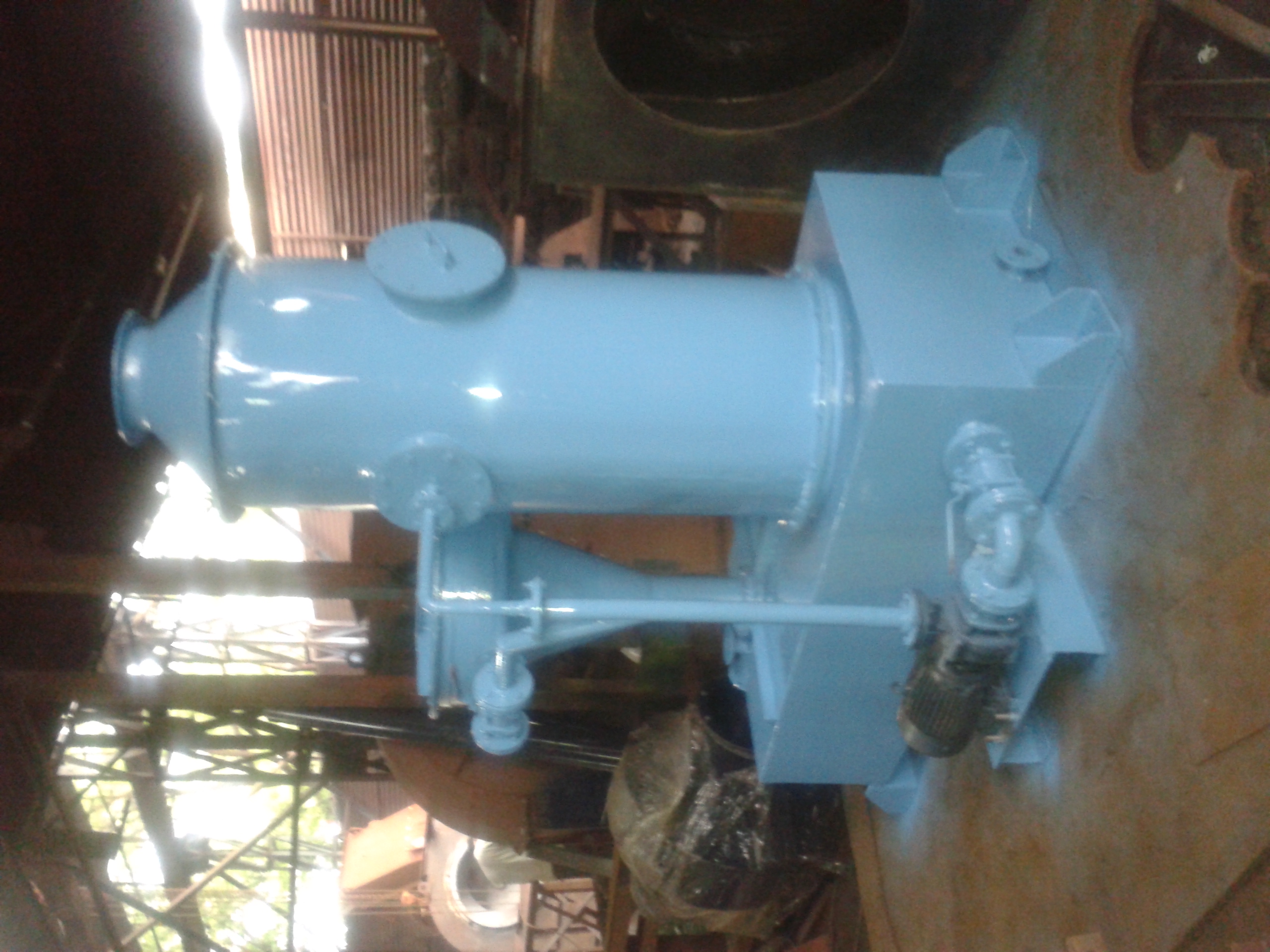- 98XXXXXX04
- XXXXXXX@XXX.com

- Model No: Cyclones & Scrubbers
- Category: pipe line equipment fabrication & erection
- Keywords: Cyclones & Scrubbers
- Manufacturer Name: VB ENGINEERS
- Packing size:
- Price: NA
Description
Design & supply of Cyclone separator System as per OSHA. Retrofitting & auditing of existing system. Commission of plant with all air flow measuring and balancing. Cyclone separator is a mechanical device designed to separate suspended particles from a gaseous or liquid stream. The equipment is shaped as a conical cylinder and uses geometry and centrifugal acceleration to effect separation. • Low initial cost • Low operating expenses • No moving internal parts • Minimal space requirements Working Dust laden gas or air enters the collector tangentially and follows a spiral path to the bottom of the cone. The centrifugal force created by the circular flow throws the dust particles toward the wall of the cyclone. After striking the wall, the combination of the gravitational and swirling forces causes the dust to move downward to the dust outlet. Pressure drop for normal operation is about 3 – 4 inches of water. They are very efficient in collecting dust particles down to 30 microns in size. Efficiency of the equipment depends on the material being conveyed, material/air flow rates, and cyclone design. Depending upon the application, cyclone separator can be designed in single, twin and quad arrangement and multiclone. Multiclones, consist of a number of small-diameter cyclones, operating in parallel and having a common gas inlet and outlet, as shown in the picture. Multi-clones operate on the same principle as cyclones--creating a main downward vortex and an ascending inner vortex. Multiclones are more efficient than single cyclones because they are longer and smaller in diameter. The longer length provides longer residence time while the smaller diameter creates greater centrifugal force. These two factors result in better separation of the dust particles. The pressure drop of the multiclone collectors is higher than that of single cyclone separators.